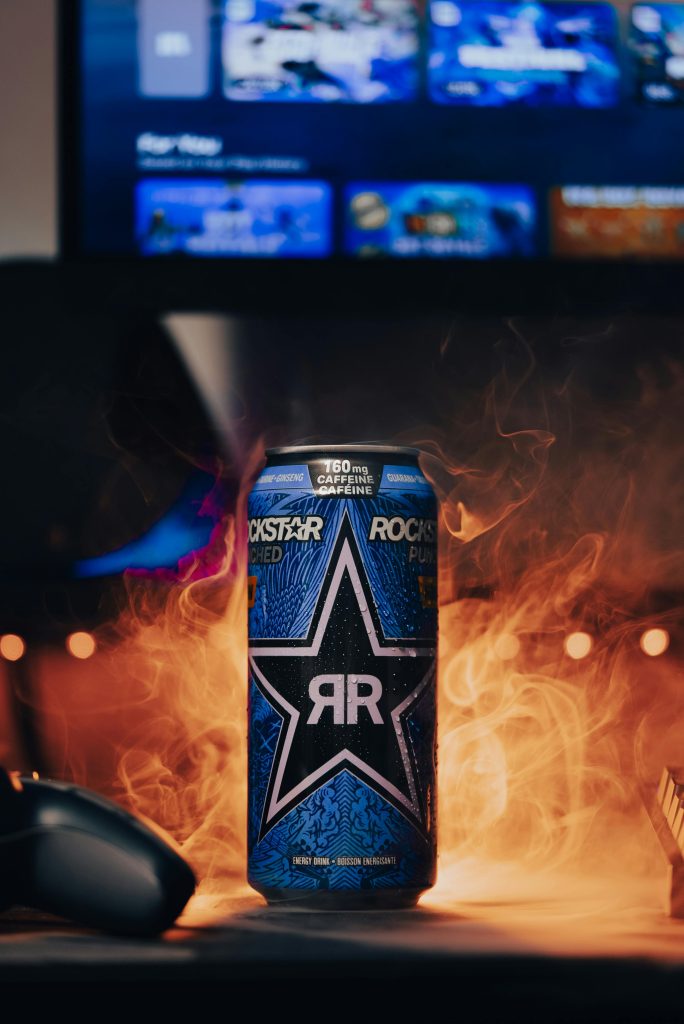Understanding and Resolving Frequent Game Crashes: A Comprehensive Troubleshooting Guide
Experiencing persistent game crashes can be a frustrating ordeal for gamers and PC enthusiasts alike. If you’ve been facing unexplained crashes during both multiplayer and single-player sessions—regardless of game type—and have exhausted various troubleshooting avenues without success, you’re not alone. This article aims to provide a structured approach to diagnosing and resolving such issues, backed by real-world experiences and technical insights.
Identifying the Problem
Common symptoms include:
- Crashes occurring within 5-30 minutes of gameplay
- No crash logs or error messages pinpointing the cause
- Both multiplayer and single-player games affected
- No overheating or overclocking issues detected
- System specifications meeting or exceeding game requirements
Initial Troubleshooting Steps
-
Verify Hardware Stability
-
Monitor Temperatures: Use tools like HWMonitor or MSI Afterburner to keep an eye on CPU and GPU temperatures during gameplay.
- Run Hardware Stress Tests: Utilize programs like Prime95 for CPU and FurMark for GPU to check stability under load.
-
Check RAM Integrity: Use MemTest86 to run comprehensive RAM diagnostics and identify potential faults.
-
Update and Verify Software Components
-
Graphics Drivers: Ensure GPU drivers are up to date via the manufacturer’s website.
- Game Files: Use platform-specific verify tools (e.g., Steam’s ‘Verify Integrity of Game Files’) to check for corrupted game data.
-
System Files: Run Windows System File Checker (
sfc /scannow) and DISM commands to repair system integrity. -
Adjust System Settings
-
BIOS Settings: Reset BIOS to default or update BIOS firmware if an update is available.
- Power Settings: Optimize Windows power plan to ‘High performance.’
-
Background Processes: Close unnecessary background applications to free system resources.
-
Reinstall or Roll Back Windows
-
If issues persist, consider performing a clean install of Windows or reverting to a previous stable version if recent updates correlate with the crashes.
-
Hardware Checks and Cleanliness
-
Component Placement: Ensure all internal components, including RAM and GPU, are properly seated.
- Physical Inspection: Check for dust buildup, especially around heatsinks and vents, which can cause overheating.
- Power Supply: Confirm that your PSU provides stable power; consider testing with a different unit if possible.
6.
Share this content:



